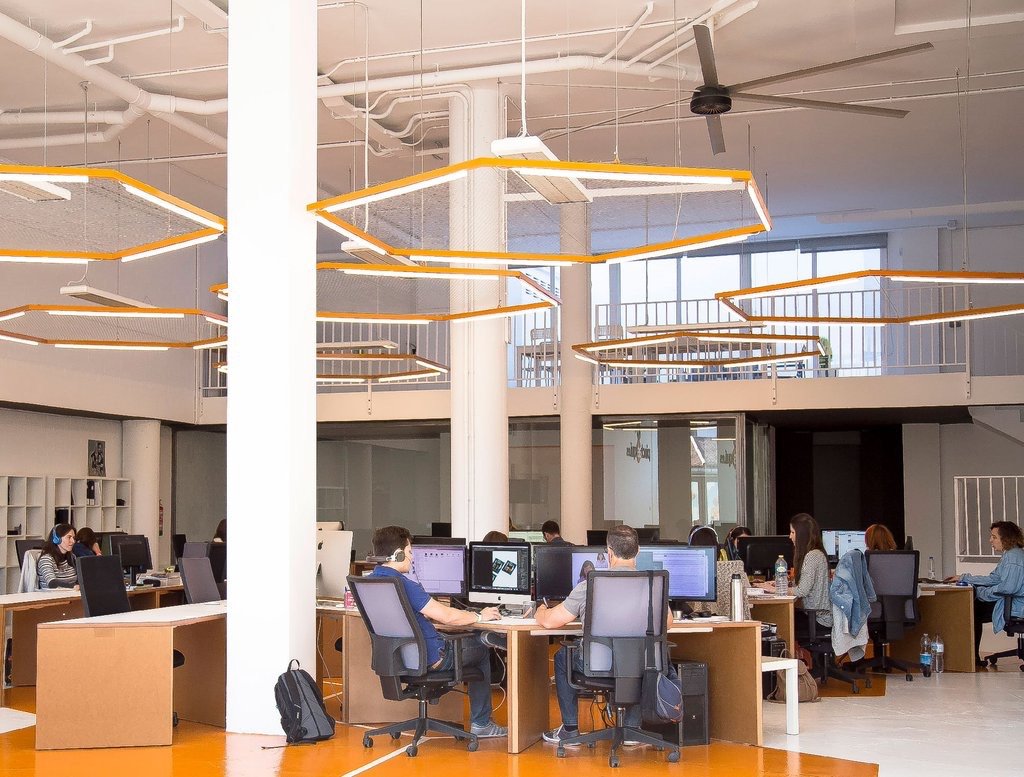
Poor lighting for work or relaxation in hotels can drastically affect a guest’s overall experience. Imagine stepping into a dimly lit hotel room, struggling to read emails or feeling disoriented in a poorly lit lounge area. This significantly impacts the quality of the guest experience, and hotels should address poor lighting as a significant concern. Poor lighting for work or relaxation in hotels is a critical issue needing attention, as studies show a clear correlation between a well-lit environment and guest satisfaction. This article will dive into the causes, effects, and effective solutions to poor lighting in hotels, outlining practical steps to create comfortable and functional environments. We will explore various facets, from the importance of task lighting to the impact of ambient lighting and the function of color temperature in creating the right mood. By the end, you’ll understand how to improve your hotel’s lighting for a more positive guest experience.
Understanding the Impact of Poor Lighting
The Negative Effects of Inadequate Hotel Lighting
Poor lighting in hotels extends beyond mere inconvenience. It can significantly impact a guest’s experience, impacting both work and relaxation. Imagine trying to work on a laptop in a room with flickering or insufficient overhead lighting. This lack of proper illumination can lead to eye strain, headaches, and even difficulty concentrating. Similarly, in relaxation areas, poor lighting can hinder relaxation. Soft, warm lighting encourages relaxation, whereas harsh, inadequate lighting can promote feelings of unease and even anxiety. Consider the potential health risks associated with insufficient or improper light, especially in the long term. The quality of lighting can affect the comfort levels of individuals, potentially leading to long-term health concerns, such as eye strain and headaches. Lack of proper lighting also affects the overall atmosphere of the hotel, making it feel less appealing and less welcoming. This has a measurable impact on guest satisfaction and potentially influences future bookings, creating a domino effect on profitability.
determineing the Causes of Poor Lighting
Common Causes of Lighting Issues in Hotels
Several factors contribute to poor lighting in hotels. Inadequate planning during the design stage is a key contributor to lighting issues. If the lighting plan doesn’t account for the specific needs of the various areas in the hotel, such as a business center, a lounge, or a bedroom, it can lead to suboptimal illumination levels in these areas. Lighting fixtures that are outdated, damaged, or insufficient in number can create significant lighting issues. Lack of sufficient maintenance is another cause. This can include a failure to replace old, malfunctioning lights or to ensure proper bulb replacement. The selection of improper lighting fixtures, such as bulbs with incorrect color temperatures, can severely affect the atmosphere and guest experience. Often, financial constraints can limit choices, but hotels should consider the long-term effects of using lower-quality lighting.
Implementing Effective Solutions
Practical Strategies for Improving Hotel Lighting
The solutions to poor hotel lighting are multifaceted. One key facet is adopting a multi-layered lighting approach. This means providing ambient lighting, task lighting, and accent lighting to cater to diverse needs. Consider incorporating task lighting in areas where guests need focused illumination, such as desks or workspaces. Ambient lighting, such as soft, warm-toned wall sconces, should be used to create a welcoming and relaxing atmosphere in common areas. Accent lighting can be strategically used to highlight architectural attributes or artwork. Employing energy-efficient lighting, such as LED fixtures, can not only enhance the overall illumination but also reduce energy costs for the hotel. Consider the benefits of programmable lighting systems that allow for dynamic adjustments. A well-executed lighting design plan tailored to the specific characteristics and needs of each room or area is paramount. This plan ensures that the rooms meet guest expectations and create a positive experience.
Optimizing Guest Experiences
The Importance of Task, Ambient, and Accent Lighting
A key consideration for hotel lighting is the appropriate balance of task, ambient, and accent lighting. Task lighting offers focused illumination for specific activities, crucial for guest workspaces. Ambient lighting creates a welcoming atmosphere, ensuring relaxation in common areas. Accent lighting enhances aesthetics by highlighting key attributes. Incorporate varied types of lighting in various areas to cater to varied activities and moods. Hotels can also leverage natural light by installing large windows or skylights to maximize natural illumination. This improves the aesthetics and reduces the reliance on artificial lighting, making it more cost-effective in the long run. Moreover, consider using dimmable lighting to control the intensity of illumination, allowing guests to adjust the ambiance to suit their preferences.
Data-Driven Improvements
Measuring Lighting Impact on Guest Experience
Measuring the impact of lighting on guest experience is essential. Hotels should collect feedback through surveys and reviews to understand how lighting affects guest satisfaction. These data-driven strategies allow for adjustments to the lighting design to ensure the optimal experience. Implementing lighting control systems that allow guests to adjust the brightness, color temperature, and even the ambiance of their rooms allows for personalized control and improves the guest experience. This personalized experience fosters loyalty and potentially boosts return visits. Using data to determine areas needing improvement and track progress is critical for continual optimization and enhances guest satisfaction.
In conclusion, poor lighting in hotels can significantly impact the guest experience, affecting both work and relaxation. By prioritizing proper lighting design, hotels can enhance the overall atmosphere and create a more enjoyable stay. This article highlighted key areas to improve lighting, from understanding guest needs to implementing practical solutions. Consider the suggestions presented here when reviewing or redesigning your hotel’s lighting. For further support on specific lighting needs or to improve your hotel’s lighting solutions, feel complimentary to contact a professional lighting consultant.